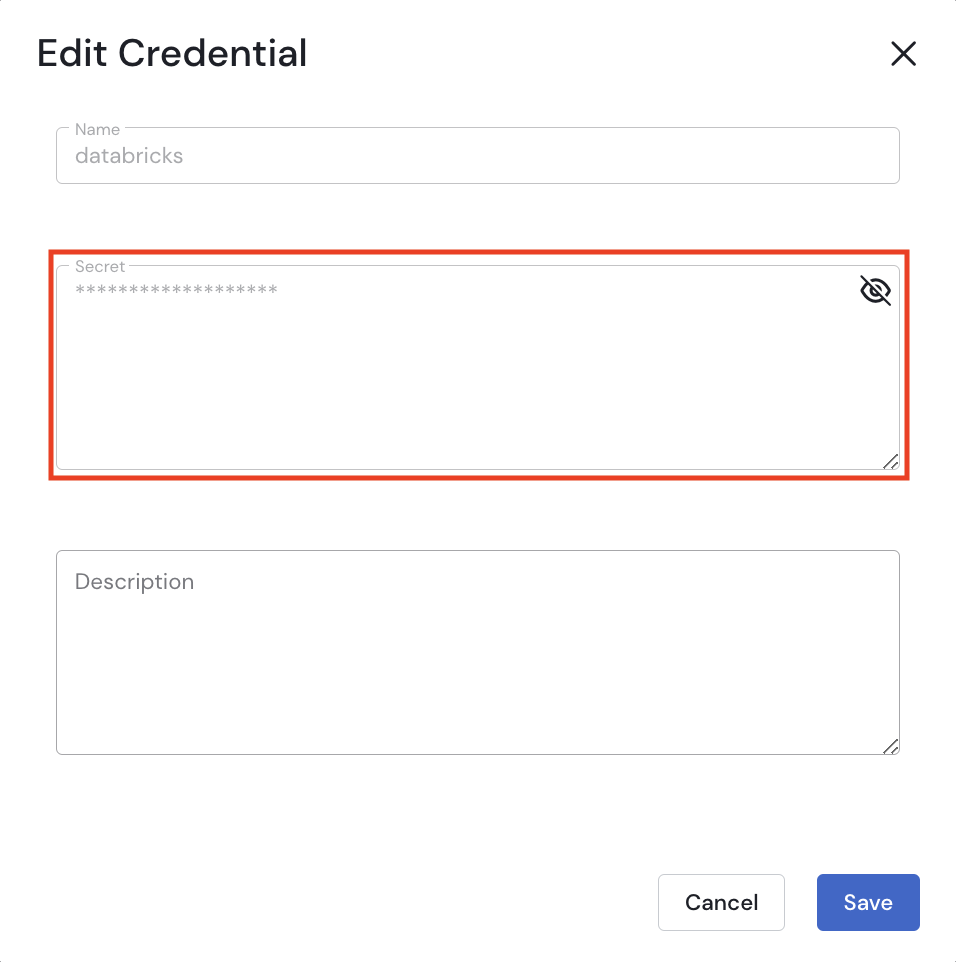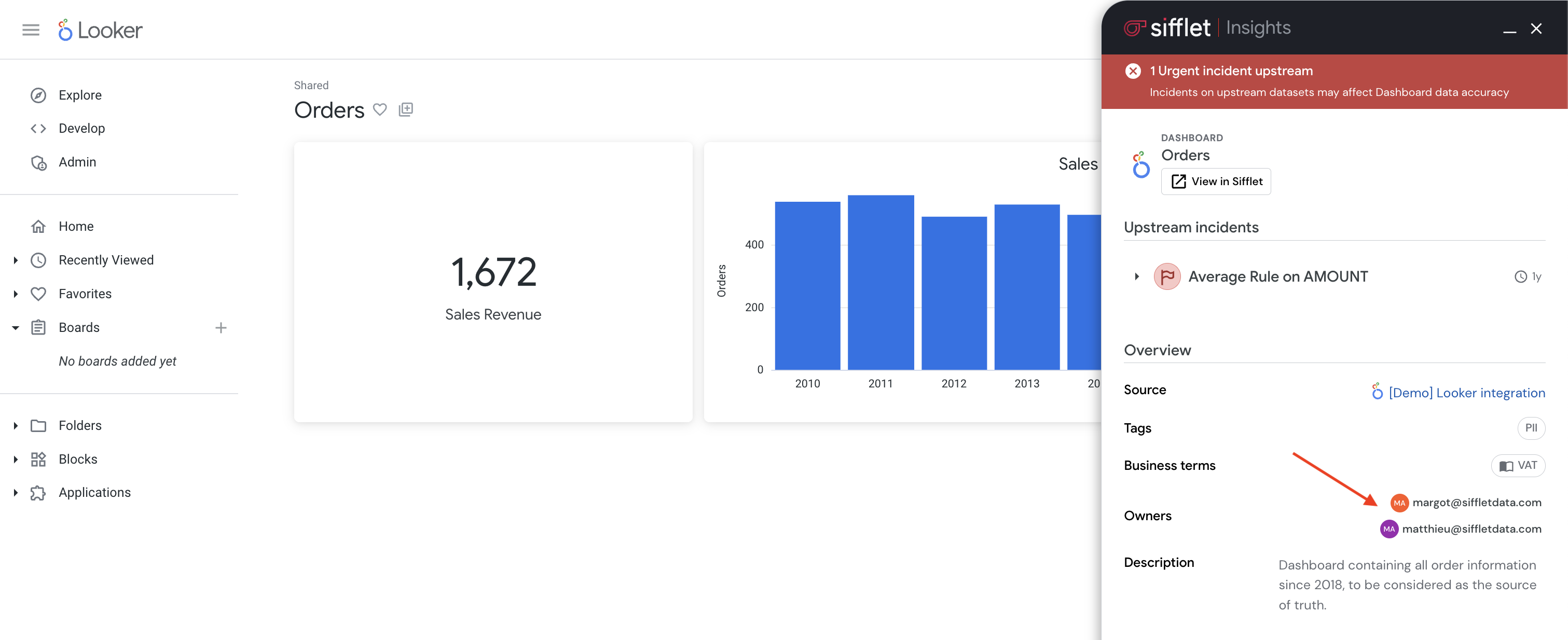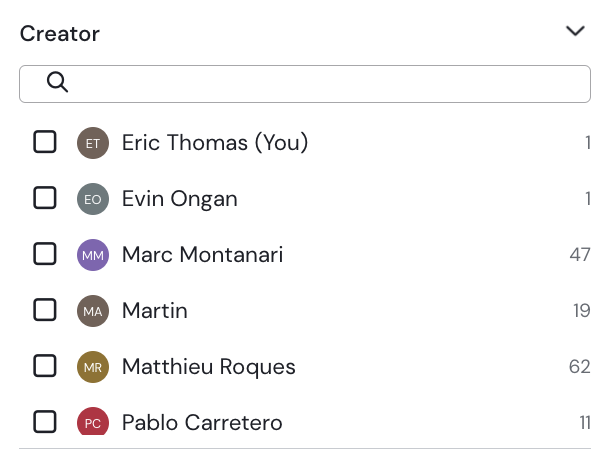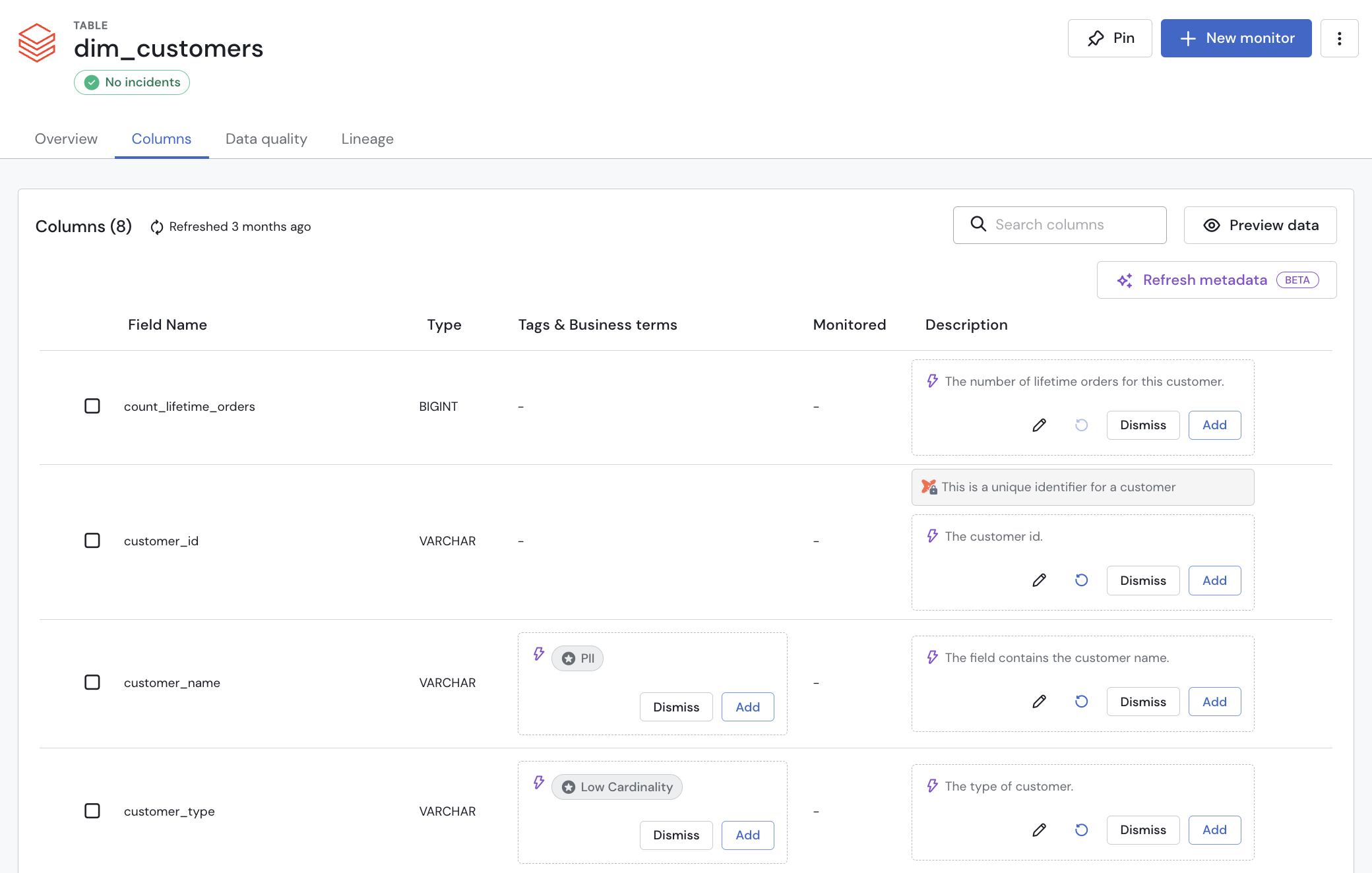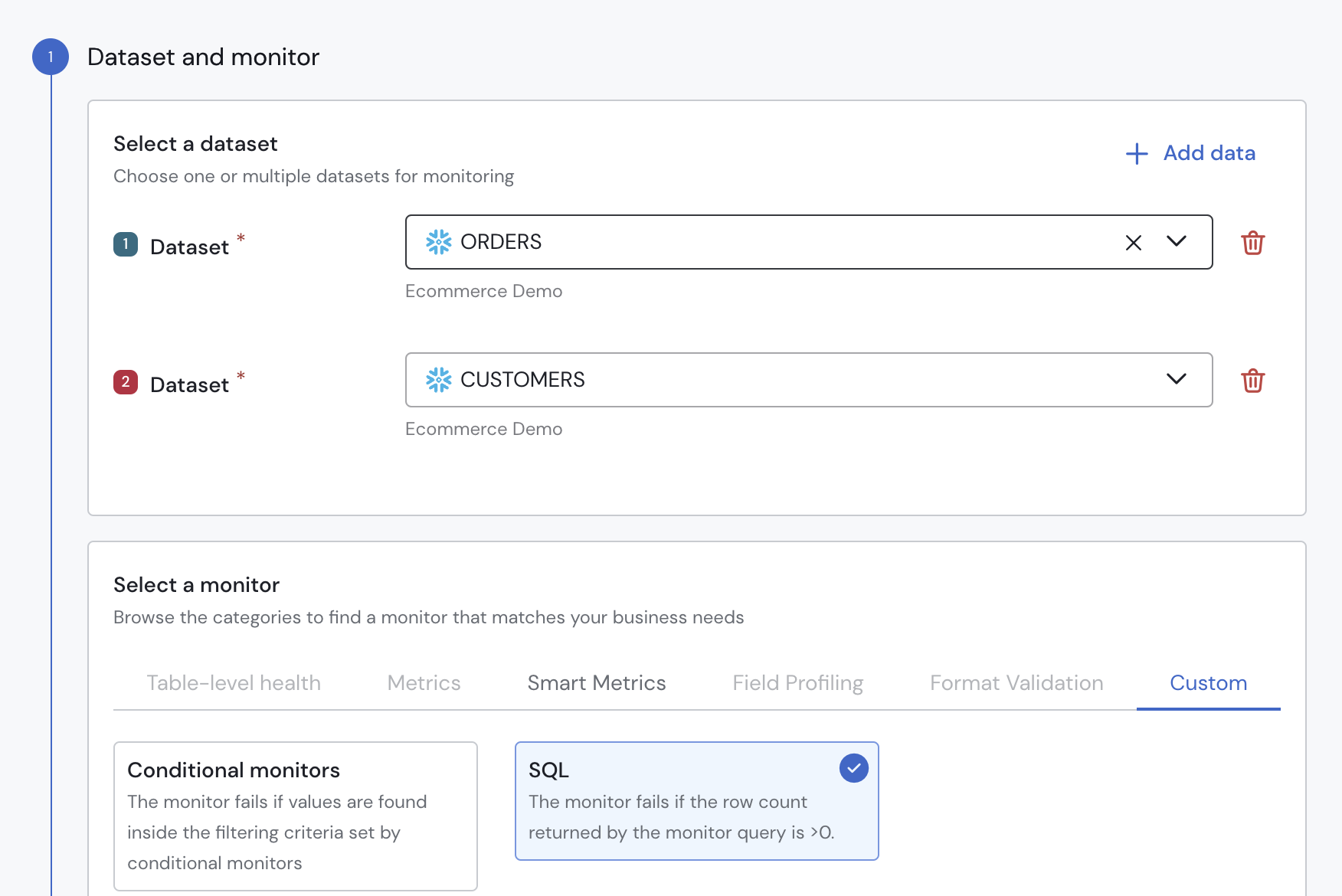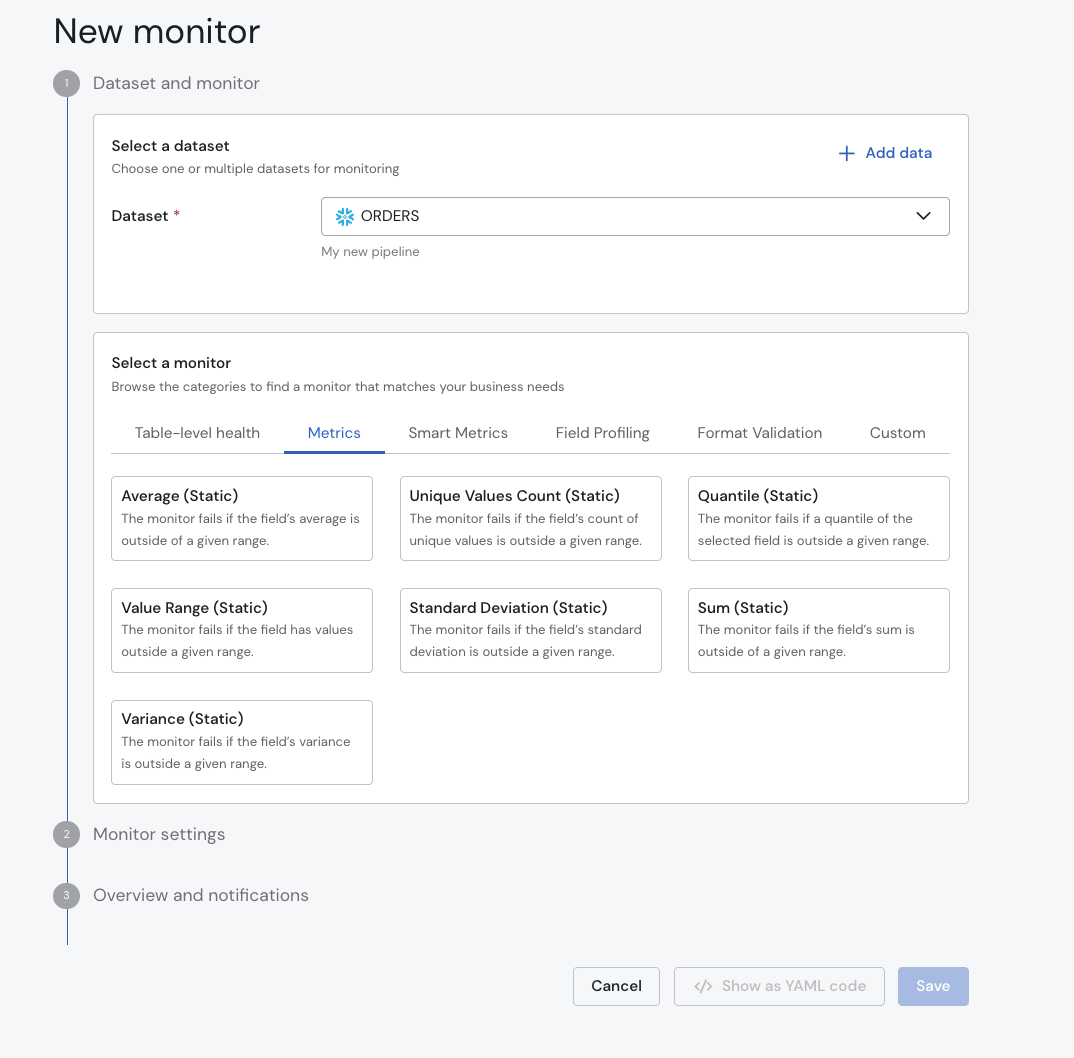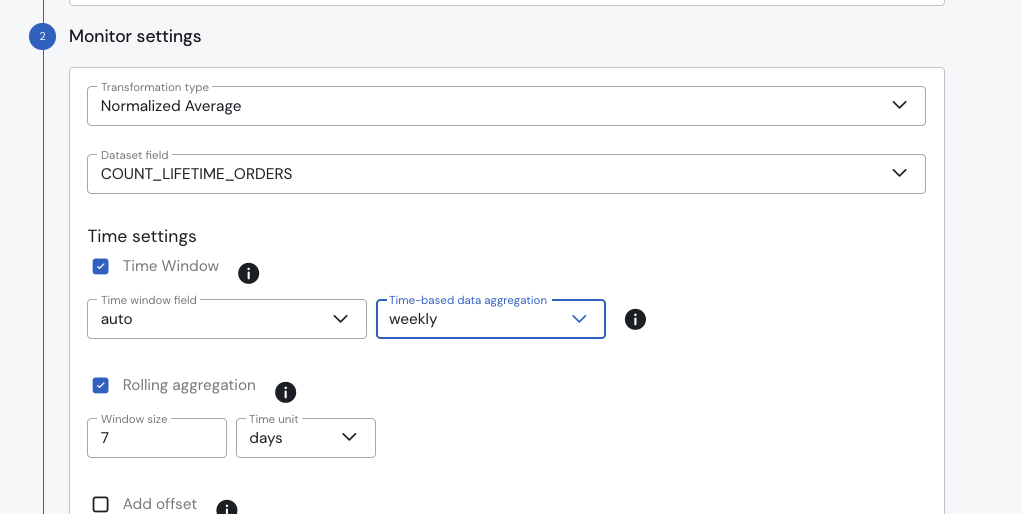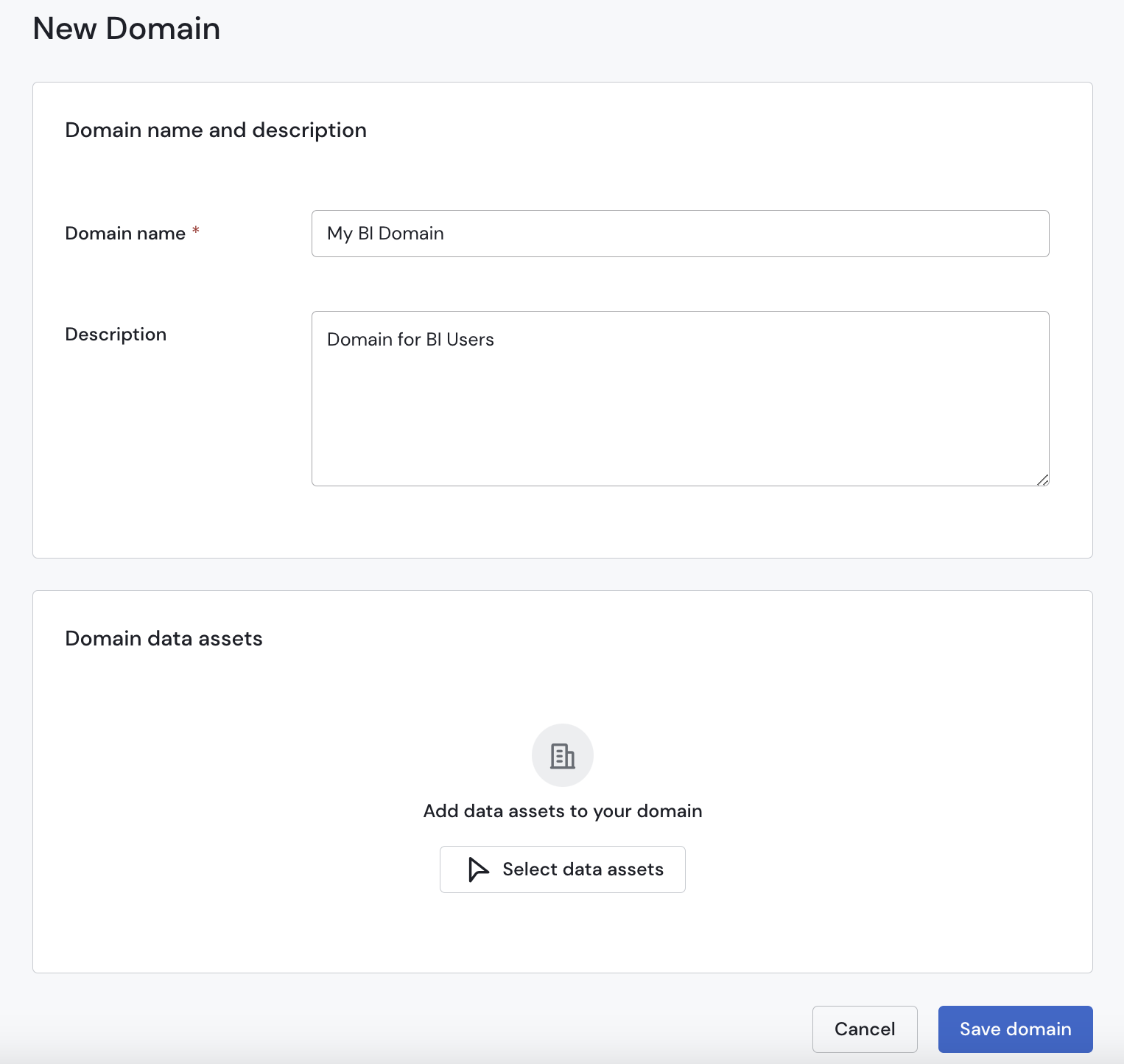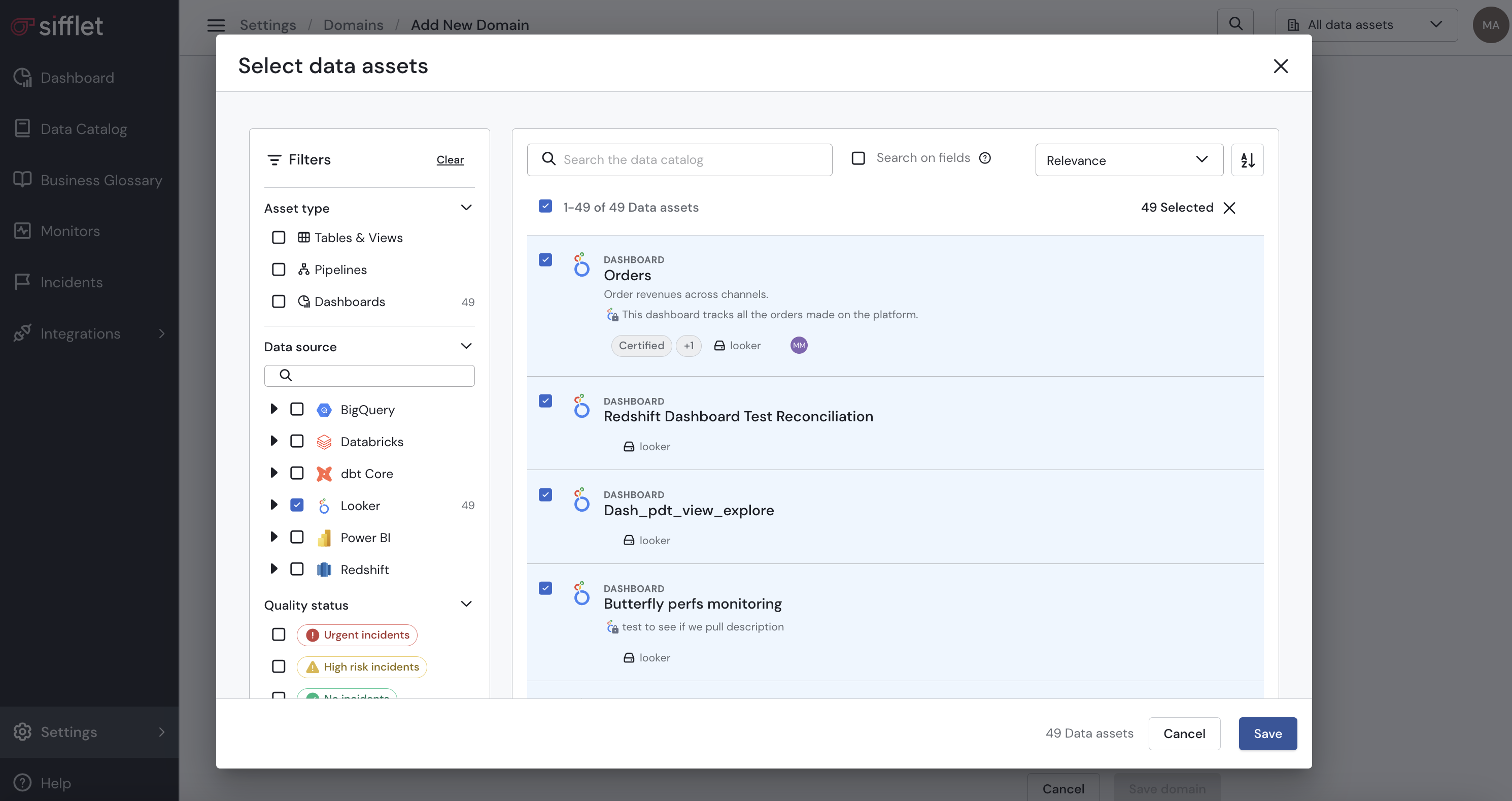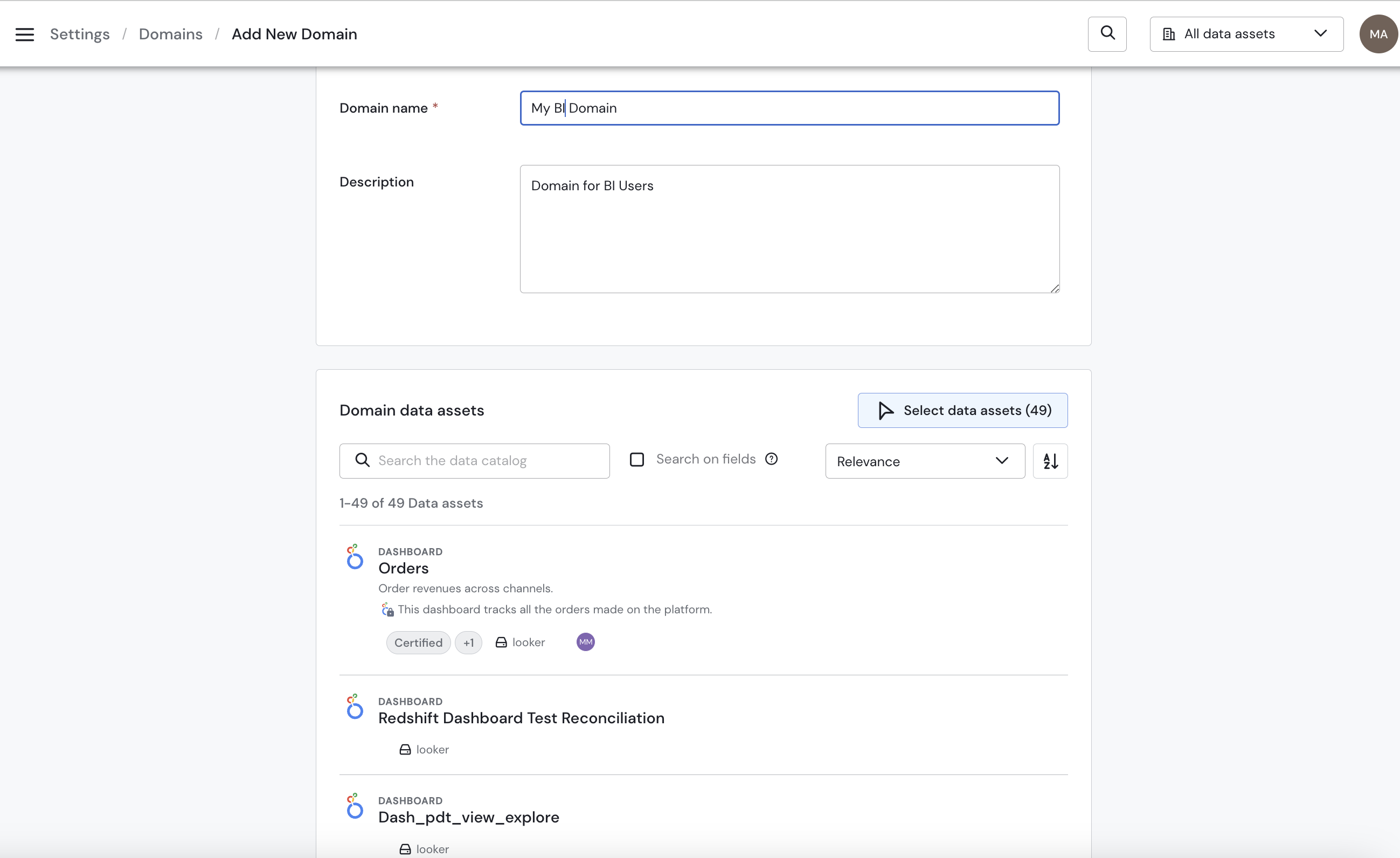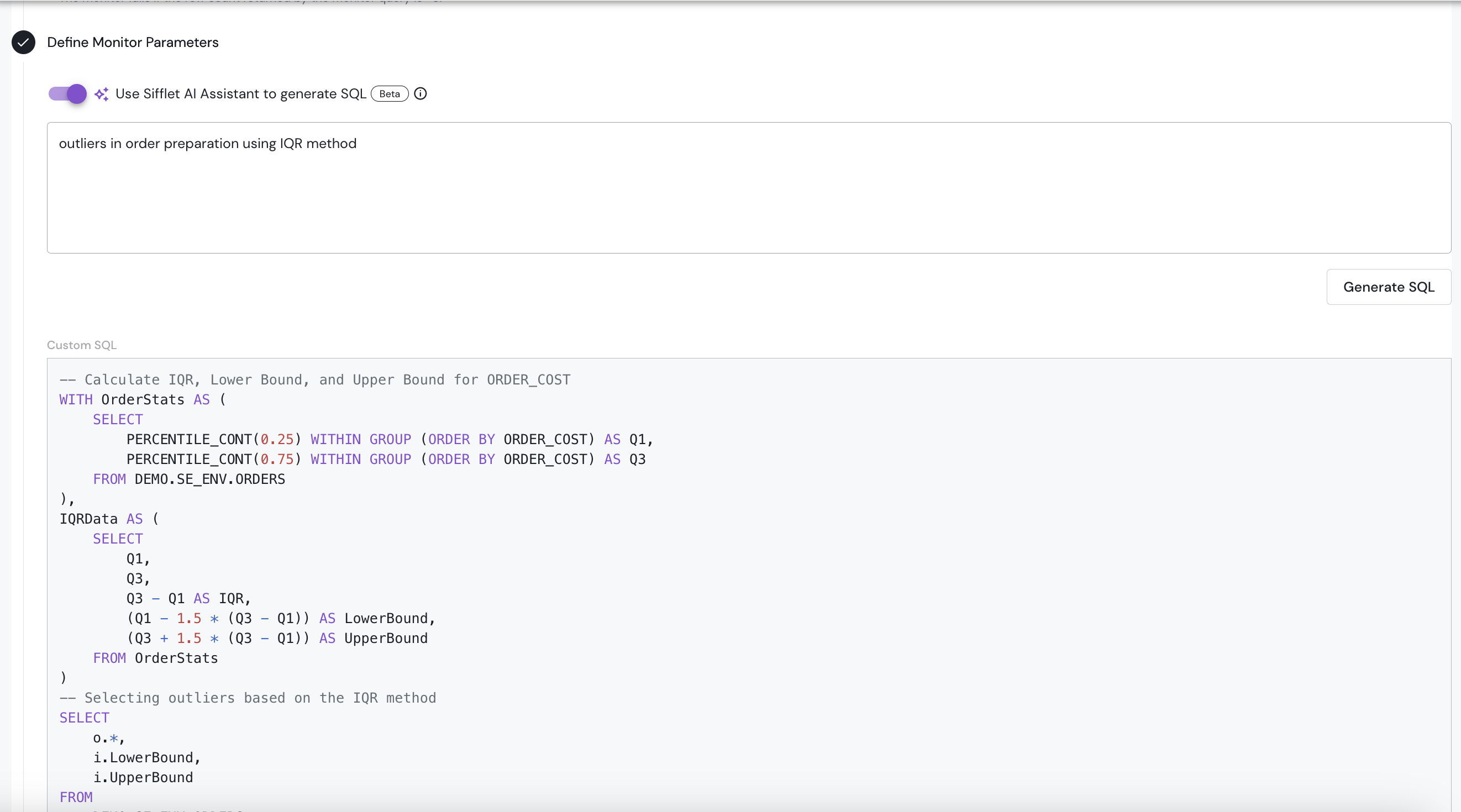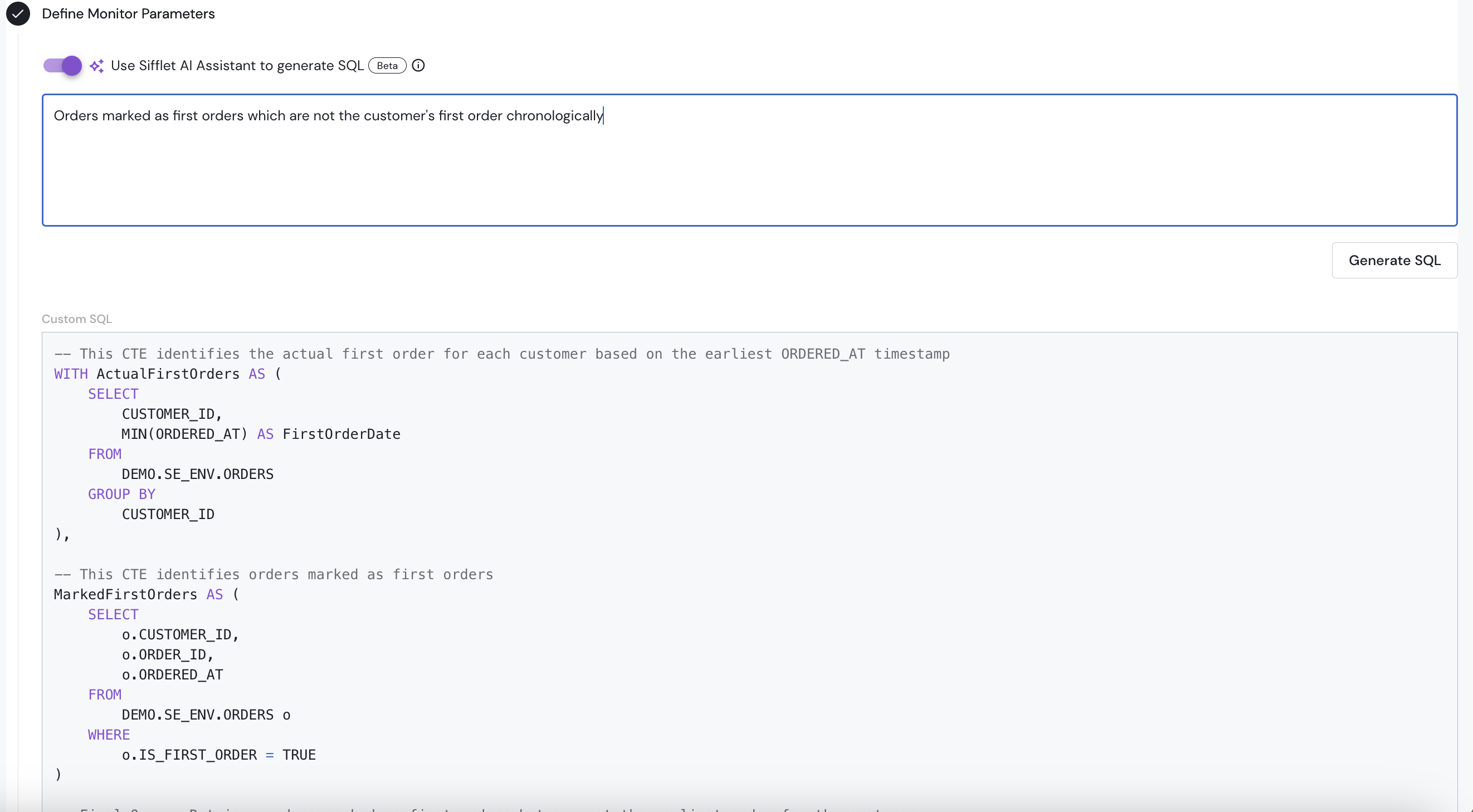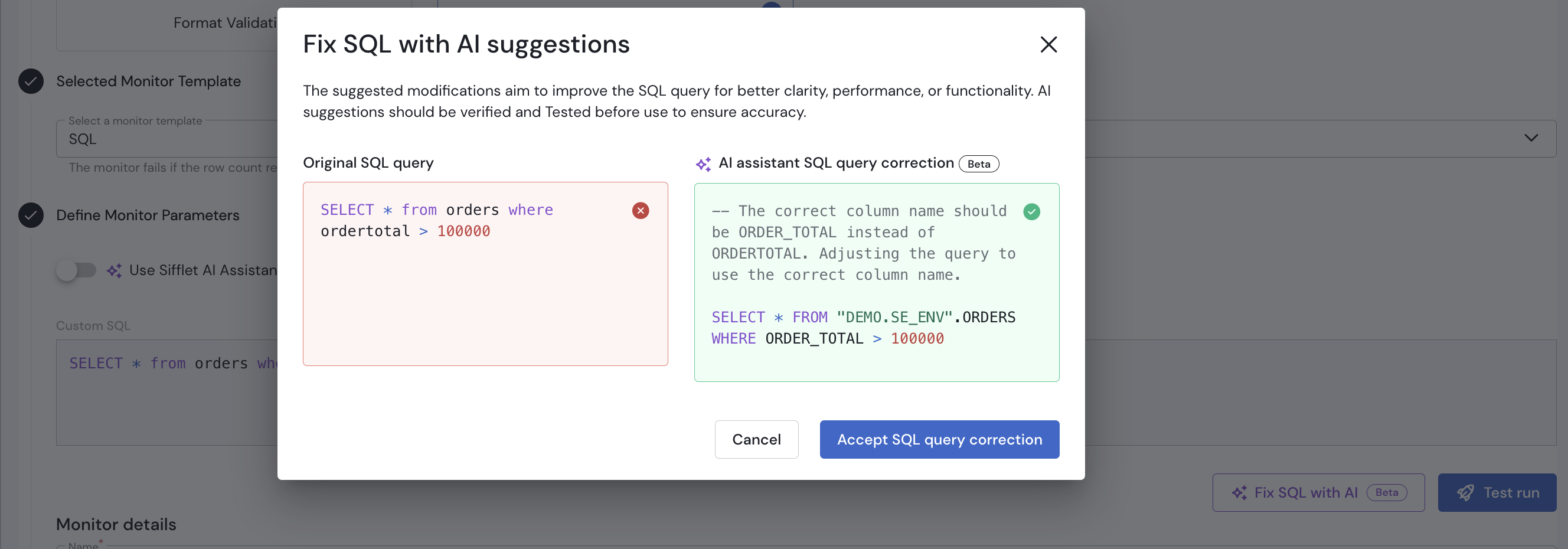Product Release 2024-05-29
by Margot Lepizzera✨ Feature Highlights
Bulk Edit Monitors Severity
Assigning the appropriate severity to a monitor is instrumental to ensure data quality issues are tackled with the right level of urgency by your teams. You can now bulk edit your monitors' severity, making it easier for you to update your monitor suite to ensure it is set to the proper criticality level.
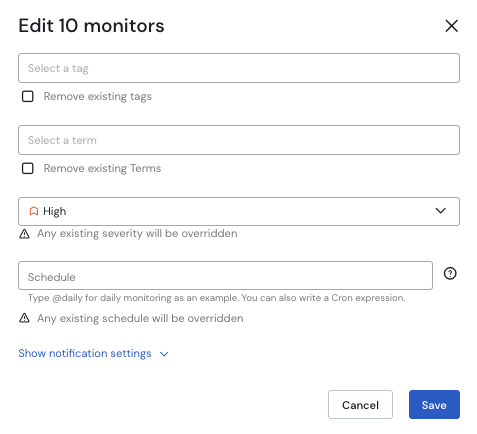
Read more about monitors
🛠 Fixes
- Fixed a bug that caused user-entered dashboard descriptions to be overwritten during source refreshes.
App version: v256

